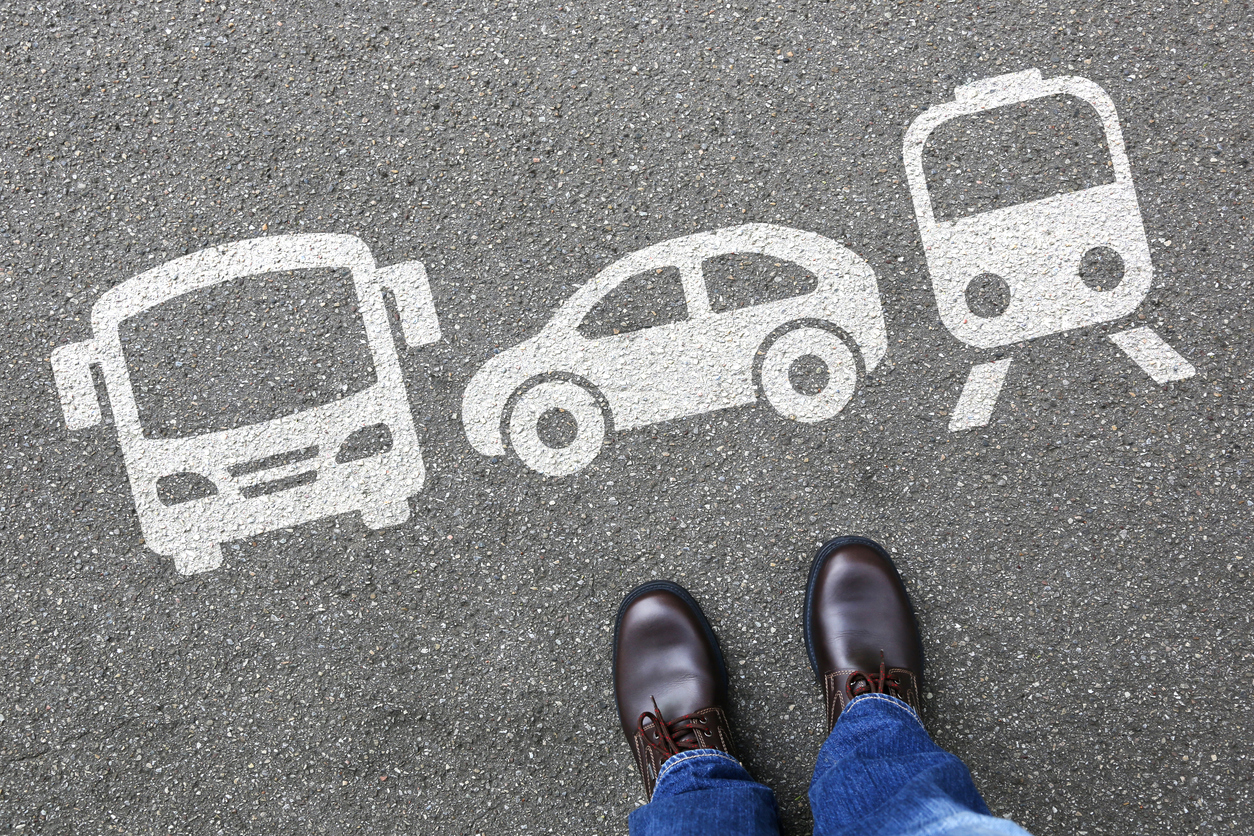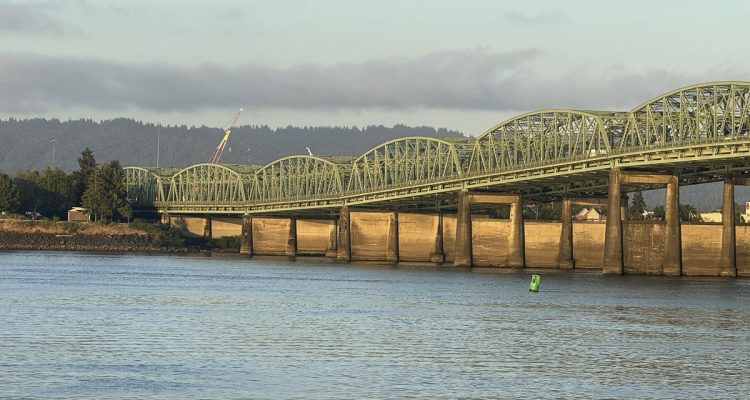The Washington State Department of Transportation (WSDOT) is updating their Active Transportation Plan (ATP) for 2019 and wants the public to take a survey “to understand…your views on different forms of transportation.” Unfortunately, the survey reads more as propaganda than a sincere request for objective feedback.
According to WSDOT, active transportation means “using an active means of travel such as walking, biking or skateboarding to get from one place to another.”
The survey statements with which the responder is to agree, disagree or not respond, are loaded and difficult to answer because they are phrased in such a way where anything other than "agree" seems an immoral response. In other words, you either value public safety, or are perfectly fine killing people on your way to work.
This is false choice, revealing that WSDOT leadership is not actually interested in gaining a real understanding of how the public feels about transportation.
Imagine “disagreeing” with any of the following statements.

Let’s take the first statement: “Investing in safer sidewalks, bike lanes, paths, and road crossings to prevent collisions, injuries and deaths is a smart use of public funds.”
Answering that you disagree suggests you think safety is a dumb use of public funds. No sane, empathetic person believes that. Of course everyone wants to prevent collisions, injuries and deaths. I expect this question will get a lot of “agrees” or blanks/no responses. What people might say is that spending public money to increase pedestrian safety by restricting access to roads or constraining road space is not a fair or balanced way to spend public money or address actual safety issues. Using safety as a political hammer to restrict road use or give desperately needed car lanes to other modes is dishonest.
Another statement: “I would be willing to drive more slowly on streets in cities and towns to make it safer for everybody.”
Obviously we want to make streets safer for everyone, and drivers should drive carefully and be mindful of pedestrians and bikers. However, that does not require lowering the speed limit to near zero, which is what I imagine "Vision Zero" really comes down to.
Agreement with WSDOT’s loaded statements would give agency officials cover to then say, “Everyone agrees we should lower speed limits in general,” where that may not be necessary or even helpful. The solution, assuming one is required beyond the investments that have already been made, is likely more nuanced than simply requiring everyone to "drive more slowly."
Another statement from the survey: “When someone else can walk or bicycle for transportation instead of driving, it makes whatever transportation I use work better for me.”
This appears to suggest that walking and biking has an impact on traffic congestion reduction. It does not. The Puget Sound Regional Council (PSRC) projects that after billions of dollars spent, mass transit use for work commutes will grow by just 3-4% by 2050, and affirms that traffic congestion will get significantly worse despite that low increase. Promoting more active transportation, which holds an even smaller market share, will not produce a different result. Urban planners at the PSRC project that walking will increase by 4-5%, and biking by 1-2%.
Additionally, those who hold the view that we should not build additional lane capacity because it will just fill up with more cars are revealing a double standard when they suggest that space will be created on the road when they choose mass transit, walking or biking. By their logic, won't that space just get filled up with cars, resulting in no net benefit for the driver?
Other questions in the survey ask about what we would be willing to do to ensure our children are safe on their way to school, and whether we would change how we travel if certain adjustments to infrastructure were made. The survey is clearly designed to manipulate people into supporting the expansion of bike lanes and reduced speeds on roads when it's not needed.
Unfortunately, it is demonstrative of what we already know – that WSDOT officials are interested in creating a narrative that fits their planning goals for the region, not in truly understanding how people want to travel. In fact, people express how they want to travel every day – and WSDOT officials respond by throwing up their hands and saying traffic congestion can’t be fixed, instead focusing their energies on tolling, transit, and putting out meaningless and coercive surveys like this one.






